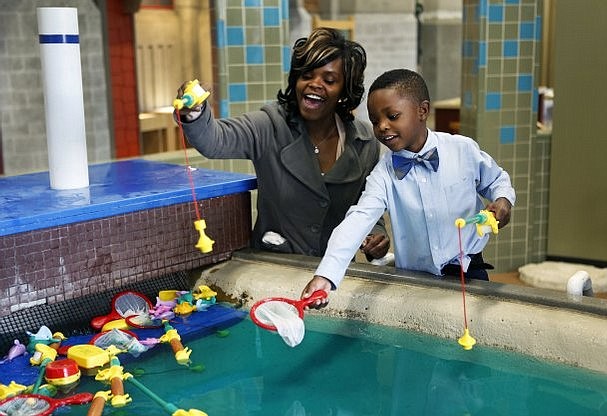When museums open again, it won't be the same.
Picture this: Timed tickets. Touch-free doors. Ikea-like signs to direct foot traffic. No more docent-led group tours. And loads of hand sanitizer, of course.
"We are working on creating as much of a touchless journey as possible," said Eric Bruce, head of visitor experience for the Minneapolis Institute of Art, or Mia.
Bruce and his counterparts are strategizing ways to welcome the public following Minnesota Gov. Tim Walz's order allowing museums, along with other recreational or seated entertainment venues, to reopen at 25% of capacity, with a limit of 250 people. Mia has set a July 16 reopening date.
On a national level, the American Alliance of Museums has developed reopening guidelines, including protocols for cleaning and capacity.
Unlike theaters, museums tend to be spacious, making physical distancing easier. With 137,000 square feet of gallery space, Mia has been working with the Carlson School of Business to figure out capacity protocols.
Mia will likely install plexiglass barriers at its welcome desk and other places where staffers are stationed. Cafe tables will be spaced out. There will be special hours for at-risk visitors.
Don't expect Mia's doors to fly open July 16. While admission is free, the museum plans to test timed tickets during the first week.
The initial visitors will essentially be guinea pigs.
Bruce compared the COVID changes to how airports adapted following the Sept. 11, 2001, terrorist attacks.
"After 9/11, there were a lot of new requirements," he said. "Now, as airports are designed, they are all incorporating this into their ways of thinking."
Museums around the world are facing a changed landscape.
In Berlin, museums were allowed to reopen May 4. In Seoul, South Korea, museums opened last month, but then closed again after a second wave of the coronavirus.
In New York City -- a hot spot in the pandemic -- museums won't likely open until late summer.
"There's a pretty good likelihood that what happened in Korea will happen here," said Adam Weinberg, director at New York's Whitney Museum of Art who was a curator at the Walker Art Center in Minneapolis in the 1980s.
The New York museum leader sees challenges in social distancing, even given the Whitney's spacious galleries.
"Some people suggested if you have fewer works on the walls, people will have more space, but we don't think so," said Weinberg. "It will cause people to clump up around works on the walls."
The Walker's phased reopening will start it its galleries, where it can control flow and occupancy. Its cinema and performing arts spaces will follow at some undetermined date.
"Just because the governor says that places can open doesn't mean that people will go," said Walker director Mary Ceruti. "There's a whole spectrum, from people who are quite anxious and for good reason to people who are vulnerable, to people who are more relaxed, who feel like the risk is reasonable, to people who are just cavalier."
